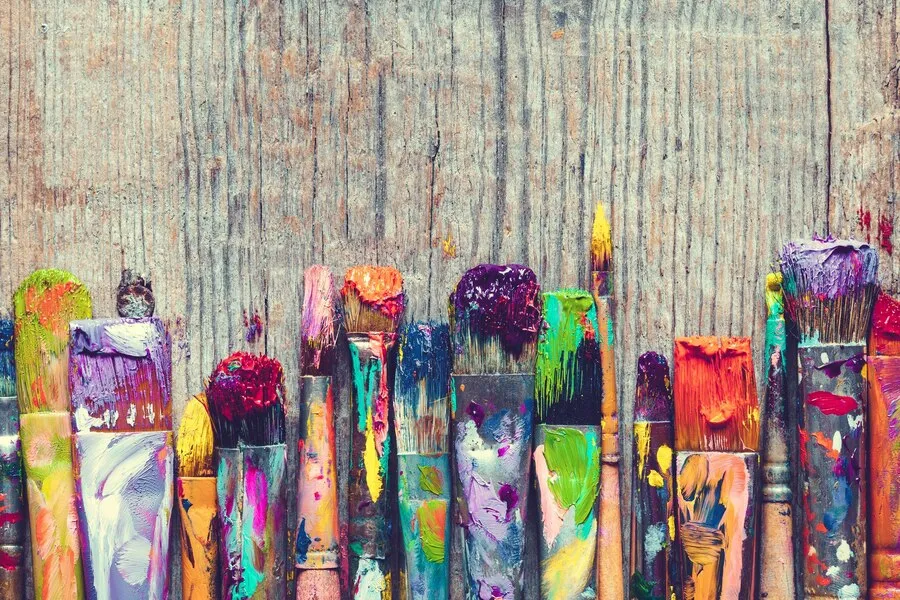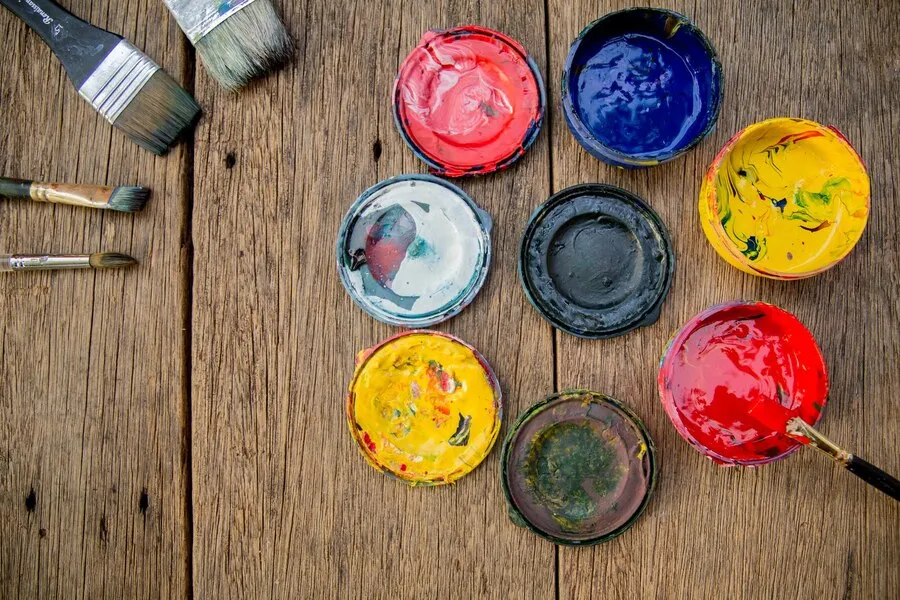Acrylic painting is a versatile medium that offers artists a wide range of possibilities when it comes to creating drawings. In this comprehensive guide, we will delve into various acrylic painting techniques specifically tailored for achieving stunning drawing effects. Whether you’re a beginner or an experienced artist looking to enhance your skills, this article will provide you with valuable insights and practical tips to take your artwork beyond the brush.
Unleashing Creativity with Acrylics
Acrylic painting allows artists to unleash their creativity and experiment with different techniques to achieve unique drawing effects. By mastering these techniques, you can add depth, texture, and dimension to your drawings, bringing them to life in ways you never imagined.
This is an acrylic painting classes online that is perfect for beginners. The course includes video tutorials, downloadable materials, and instructor feedback. You will learn about different acrylic painting techniques, color mixing, and brushwork. If you are interested in learning more about acrylic painting classes online, this course is a great option.
1. Layering for Depth
Acrylics are renowned for their ability to be layered, enabling artists to build up colors and create depth in their drawings. By applying multiple layers of paint, you can achieve rich, vibrant hues and subtle transitions between colors, adding dimension to your artwork.
2. Impasto Technique for Texture
The impasto technique involves applying thick layers of paint to the canvas, resulting in textured surfaces that add tactile interest to your drawings. Experiment with different tools and brushes to create dynamic textures that enhance the visual impact of your artwork.
3. Dry Brush Technique for Detail
The dry brush technique is ideal for adding fine details and highlights to your drawings. By using a dry brush and minimal paint, you can create delicate lines and textures, adding realism and intricacy to your artwork.
Pushing Boundaries: Beyond Traditional Drawing

Acrylic painting opens up a world of possibilities for artists who want to push the boundaries of traditional drawing techniques. By combining acrylics with other mediums and unconventional tools, you can create innovative and unconventional artworks that defy expectations.
4. Mixed Media Experimentation
Explore the endless possibilities of mixed media by combining acrylic paints with materials such as collage, pastels, or ink. This allows you to add layers of texture and visual interest to your drawings, creating dynamic and multidimensional artworks.
5. Alternative Tools and Surfaces
Think outside the box and experiment with unconventional tools and surfaces to create unique drawing effects. Try using palette knives, sponges, or even your fingers to apply paint, and explore surfaces such as wood, fabric, or metal to add texture and depth to your artwork.
6. Collaborative Drawing Projects
Collaborate with other artists to create collaborative drawing projects that push the boundaries of creativity and innovation. By sharing ideas, techniques, and resources, you can inspire each other to explore new artistic horizons and create groundbreaking artworks.
Read Also: A Comprehensive Guide on the Top Methods for Attic Mold Treatment
FAQs
How can I achieve smooth blending effects with acrylic paints?
To achieve smooth blending effects with acrylic paints, try mixing your colors on a palette before applying them to the canvas. Use a soft brush and blend the colors gently, working in small, circular motions until you achieve the desired effect.
What is the best way to add highlights and shadows to my acrylic drawings?
The best way to add highlights and shadows to your acrylic drawings is to use a combination of thin and thick paint layers. Start by blocking in the basic shapes and colors, then gradually build up layers to create depth and dimension. Use a light touch when applying highlights, and experiment with different brush techniques to achieve realistic effects.
How can I protect my acrylic drawings once they are finished?
To protect your acrylic drawings once they are finished, apply a thin layer of varnish to seal the surface and protect it from dust, dirt, and UV damage. Choose a varnish that is specifically formulated for acrylic paintings, and follow the manufacturer’s instructions for best results.
Can I use acrylic paints on different surfaces other than canvas?
Yes, acrylic paints can be used on a variety of surfaces other than canvas, including wood, paper, fabric, and metal. Experiment with different surfaces to discover unique textures and effects that can enhance your artwork.
What are some common mistakes to avoid when working with acrylic paints?
Some common mistakes to avoid when working with acrylic paints include using too much paint, not allowing enough drying time between layers, and overworking the surface. Be mindful of the consistency of your paint and the amount of water you use, and take breaks to allow each layer to dry properly before applying the next.
Final Thought
Acrylic painting offers endless possibilities for artists to explore and experiment with different techniques to create stunning drawing effects. By mastering the techniques outlined in this guide and embracing your creativity, you can take your artwork beyond the brush and unlock new levels of artistic expression.




